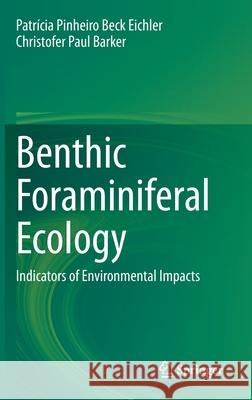Benthic Foraminiferal Ecology: Indicators of Environmental Impacts » książka
topmenu
Benthic Foraminiferal Ecology: Indicators of Environmental Impacts
ISBN-13: 9783030614621 / Angielski / Twarda / 2020 / 226 str.
Benthic Foraminiferal Ecology: Indicators of Environmental Impacts
ISBN-13: 9783030614621 / Angielski / Twarda / 2020 / 226 str.
cena 684,33
(netto: 651,74 VAT: 5%)
Najniższa cena z 30 dni: 655,41
(netto: 651,74 VAT: 5%)
Najniższa cena z 30 dni: 655,41
Termin realizacji zamówienia:
ok. 22 dni roboczych
Bez gwarancji dostawy przed świętami
ok. 22 dni roboczych
Bez gwarancji dostawy przed świętami
Darmowa dostawa!
Kategorie:
Kategorie BISAC:
Wydawca:
Springer
Język:
Angielski
ISBN-13:
9783030614621
Rok wydania:
2020
Wydanie:
2020
Ilość stron:
226
Waga:
0.52 kg
Wymiary:
23.39 x 15.6 x 1.6
Oprawa:
Twarda
Wolumenów:
01
Dodatkowe informacje:
Wydanie ilustrowane











